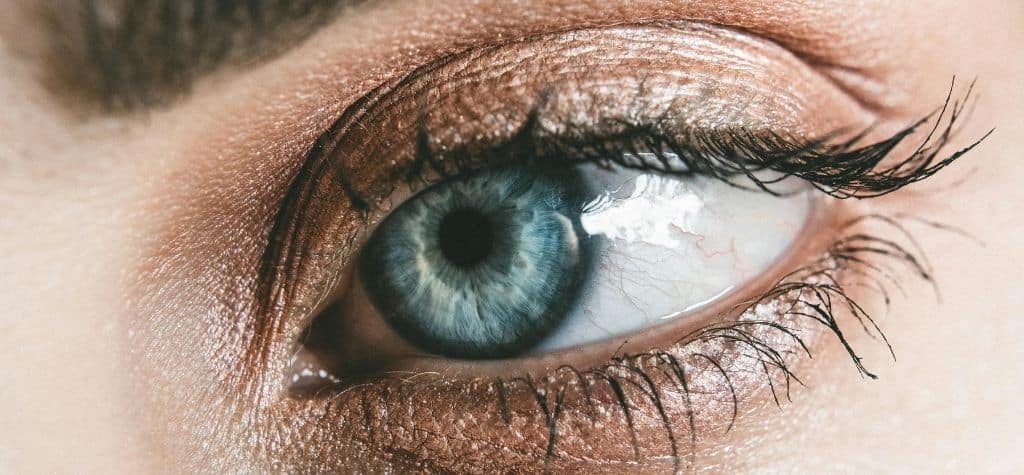They say the eyes are the windows to the soul—but they’re also mirrors reflecting your internal health. From subtle twitching to color changes and unexpected swelling, your eyes can signal everything from stress and sleep deprivation to chronic diseases like diabetes or high blood pressure. In 2025, medical professionals are paying closer attention than ever to what your pupils, eyelids, and retinas are secretly telling you about your health.
Understanding Eye Anatomy and Function

To interpret these silent messages, it helps to understand the roles of different eye parts:
- Pupils control how much light enters the eye and respond to environmental and neurological cues.
- Eyelids protect the eyes and help spread tears evenly, keeping your vision clear and your eyes comfortable.
- Retinas are thin layers at the back of the eye that detect light and send signals to the brain to produce images.
Each of these components can show subtle signs of systemic issues—if you know what to look for.
💡 Pupils: A Gateway to Your Brain’s Well-being
The autonomic nervous system tightly controls pupil size, meaning changes here often reflect changes in your brain or nervous system.
Real-Life Example:
A 35-year-old woman arrived at the ER with one dilated pupil and dizziness. An MRI revealed an unruptured brain aneurysm pressing on her third cranial nerve. Her eye gave the first clue—potentially saving her life.
Pupil Response and Neurological Testing:
Doctors often use the “PERRLA” test—Pupils Equal, Round, Reactive to Light and Accommodation. Deviations from this can reveal:
- Concussion or trauma-related brain swelling
- Drug intoxication or overdose
- Stroke or hemorrhage
Pupils also react to emotional states like fear, attraction, or anxiety, offering subtle but insightful clues to your mental well-being.
💡 Eyelids: Soft Shields, Strong Indicators
Eyelids help distribute tears, protect from foreign particles, and maintain ocular moisture. However, beyond their primary roles, they can reveal systemic conditions.
Droopy Eyelids and Muscle Fatigue:
In Myasthenia Gravis, the immune system blocks signals from nerves to muscles, often first noticed through eyelid drooping. Symptoms worsen with exertion and improve with rest—classic signs that doctors can observe just by asking a patient to look upward for a minute.
Swelling and Infection Clues:
Chronic puffiness may indicate hypothyroidism or fluid retention from kidney problems. One common infection, orbital cellulitis, causes painful swelling and requires immediate medical attention to prevent blindness or brain infection.
💡 Retinas: A Living Snapshot of Your Vascular System

The retina is the only place where blood vessels can be viewed noninvasively, making it a powerful diagnostic tool.
Fundus Photography:
Modern eye exams often include high-resolution imaging of the retina. These can identify:
- Tiny microaneurysms in diabetic retinopathy
- Cotton wool spots from hypertension or anemia
- Leaking vessels or retinal hemorrhages in leukemia or autoimmune diseases
Example:
A man in his 50s with no known medical history was found to have extensive retinal hemorrhages during a routine eye exam. Further testing diagnosed him with undiagnosed type 2 diabetes and high blood pressure.
💡 Eye Color and the Whites of Your Eyes (Sclera):
Your sclera should be bright white. Any deviations—such as yellowing, reddening, or bluish tints—can indicate deeper health issues.
- Yellow Sclera (Jaundice): Liver dysfunction, hepatitis, gallstones.
- Blue Sclera: May signal collagen disorders like osteogenesis imperfecta.
- Red Eyes: Can indicate anything from conjunctivitis to autoimmune diseases like lupus.
Expanded Preventative Eye Care Tips

Beyond basic tips, here are advanced strategies to keep your eyes—and your health—in check:
| Advanced Eye Health Tip | Why It Matters |
|---|---|
| Wear blue light filtering lenses | Reduces digital eye strain and potential retina fatigue |
| Include omega-3s in your diet (e.g., flaxseed, fish) | Reduces dry eye symptoms and inflammation |
| Get tested for systemic conditions annually | Catches underlying issues before eye symptoms appear |
| Avoid smoking and alcohol abuse | Linked to macular degeneration and optic nerve damage |
| Maintain good sleep hygiene | Lack of rest contributes to eye spasms and fatigue |
💬 Additional FAQs About Your Eyes and Health
Q7: Can emotional stress show up in my eyes?
A: Yes. Pupil dilation, eyelid twitching, and dryness are common during chronic stress or anxiety episodes.
Q8: What eye symptoms are considered medical emergencies?
A: Sudden loss of vision, seeing flashes of light, floaters, or having a painful red eye all warrant urgent medical evaluation.
Q9: Is there a link between eye health and heart disease?
A: Yes. Retinal vessel changes often mirror coronary and brain circulation, helping predict stroke or heart disease risk.
Q10: Do allergies show up in the eyes?
A: Allergies often cause red, itchy, watery eyes and puffiness—especially seasonal allergies and environmental triggers.
Q11: Can poor diet affect my vision?
A: Absolutely. A deficiency in vitamins A, C, and E or zinc can lead to night blindness, poor retinal health, and dry eyes.
Q12: Are eye exams necessary if I have perfect vision?
A: Yes! Many systemic conditions show no early symptoms except in the eye—making regular checkups essential.
Final Thoughts: Protecting Your Eyes, Protecting Your Health
Your pupils, eyelids, and retinas are silent narrators of your internal story. They don’t just help you see—they help you survive. By recognizing early warning signs and investing in regular eye care, you’re not just protecting your vision—you’re safeguarding your entire well-being.
🩺 Your eyes aren’t just seeing your world—they’re speaking to you. Are you listening?

